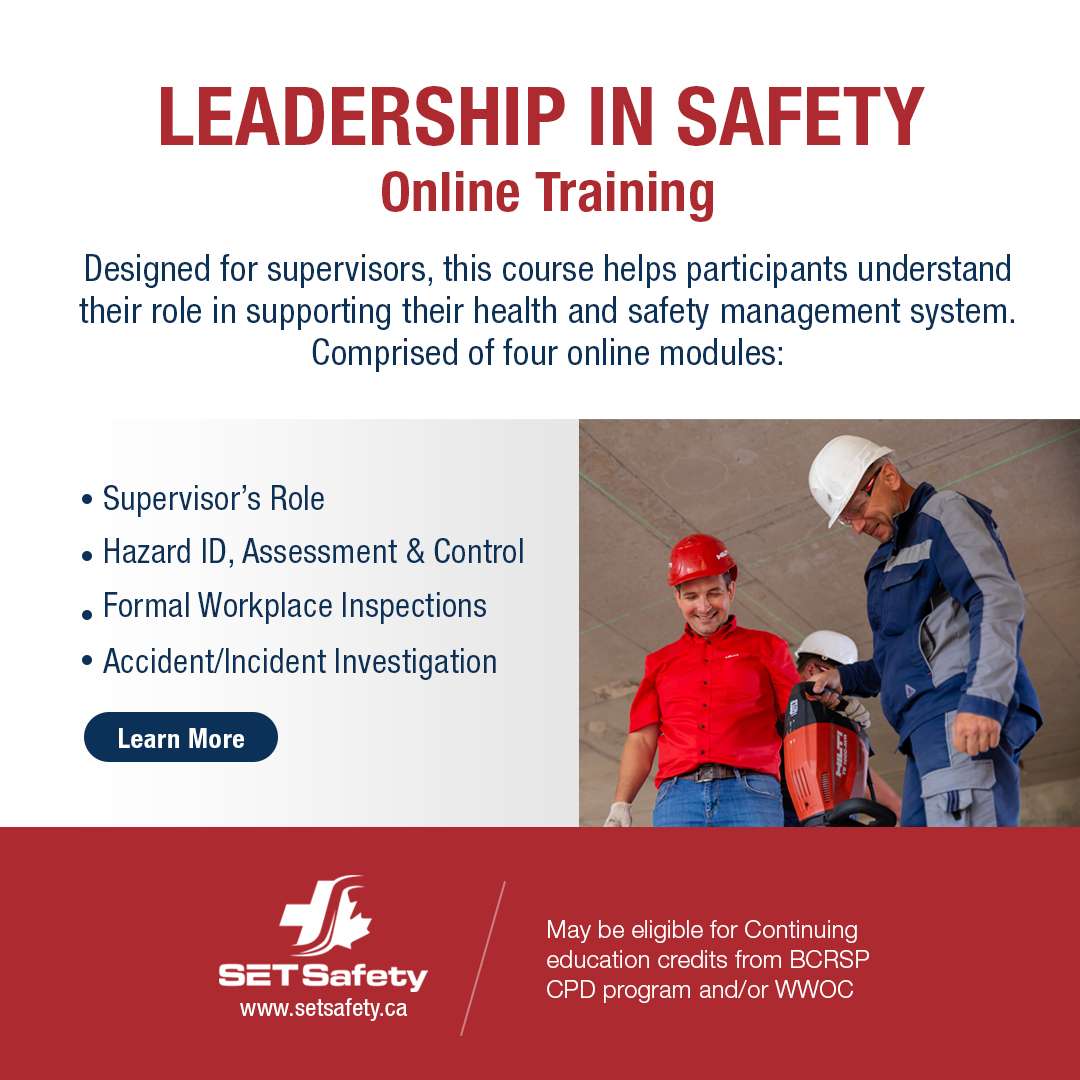
Safety comes first – We’ve all heard it before, but what does it look like? How do you build a workplace culture where staff and management don’t just believe it, but they feel it? Where they feel empowered to not only come to work every day without risk but to do their jobs better and more thoughtfully?
When people are at work, they need to know company leadership is taking safety seriously, and it affects all aspects of their experience. Safety trickles down, but accountability runs uphill. This means leadership can save countless of time, stress, and money, by actively role-modeling what a safe workplace looks like. Companies cannot undervalue the importance of participative, transformational styles for safety performance at all levels of management.† It builds a culture of safety and confidence while reducing the amount of future damage control the company or executives may foreseeably run into.
Importance of Safety Leadership In The Workplace
- Fines
- Compensation
- Legal fees
- Cost of replacing or repairing damaged equipment and property
- Sick pay
- Employment cover
Let’s not forget that employees building or providing products or services for the public will take more time to ensure their final product poses no risks to the end-user if they aren’t feeling rushed and know their supervisors and leadership value safety. If a frontline worker feels as if safety comes first over everything else, over speed and cost, you will see it in the care they put into their work.
Look at the Boeing 737 Max scandal. A story by the New York Times revealed a workplace that valued speed over quality and pressured employees who’d written whistleblower complaints to regulators to not file them. This led to negative morale and a general lack of interest from frontline staff, which led to the creation of subpar products. As a frontline staffer, if you’re being pressured by managers to build or provide subpar and in some cases, unsafe, products or services, your motivation and interest will begin to wane. When management is being pressured to provide cheaper and faster products or services, stress increases and corners get cut. Being that Boeing is in the airplane business, its internal values put lives at risk.
Creating a workplace safety culture requires a major buy-in from company leadership. Management and staff need to not only hear about how important safety is, but they need to feel it. They need to know that when they go to work, they are valued and steps have been taken, from the top down, to prevent injuries and properly educate them on how to complete their workday without risk. This leads to a stronger workforce and a stronger company and reduces the risk of liability lawsuits in the future.
If you have a large, distributed team, communication can often be a challenge with timeliness, tracking and consistency. Having digital software tools can help with delivering your company’s safety policies, providing online training, managing in-person sessions and providing safety-related updates online to manage these geographic limitations. Being able to track, train and communicate at a broad scale is critical to Safety but does not replace boots-on-the-ground teamwork, collaboration and culture.
† Flin R, Yule S. Leadership for safety: industrial experience. BMJ Quality & Safety 2004;13:ii45-ii51.

